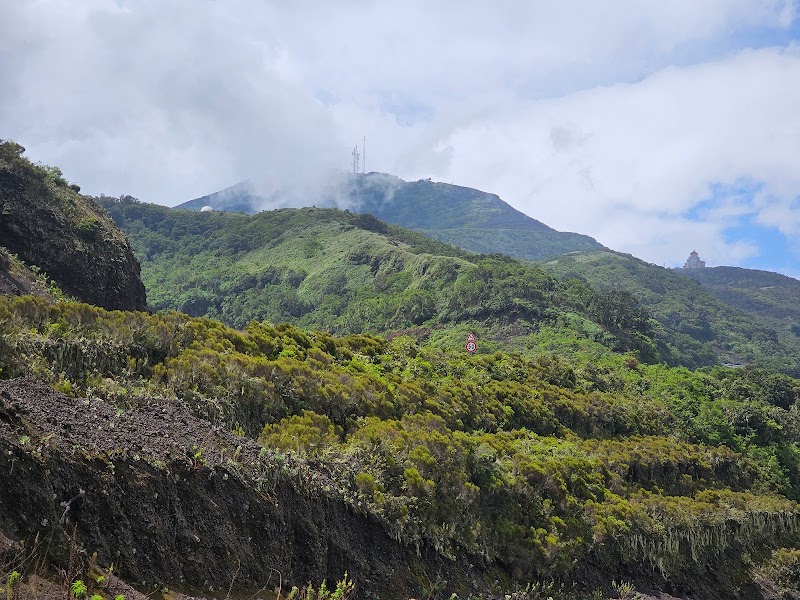
Luba Crater Scientific Reserve Adventures
Luba Crater Scientific Reserve is a protected area in Equatorial Guinea known for its unique geological features and diverse ecosystems. It offers opportunities for scientific exploration and wildlife viewing.
About Luba Crater Scientific Reserve

Luba Crater Scientific Reserve, located on Bioko Island in Equatorial Guinea, is a prominent geological site characterized by its volcanic origins and rich biodiversity. The reserve is dominated by the large Luba Crater, a formation created by volcanic activity millions of years ago. This area is a critical habitat for numerous endemic species, making it a focal point for conservation efforts. The reserve is home to a variety of primates, including the critically endangered drill monkey. In addition to its ecological significance, Luba Crater Scientific Reserve is a vital location for scientific research due to its unique flora and fauna. Visitors are drawn to the reserve for its natural beauty and the opportunity to explore its lush rainforests and volcanic landscapes. The reserve offers limited recreational opportunities, focusing primarily on eco-tourism and guided wildlife observation. The lush trails through the rainforest provide excellent chances for hiking and nature photography, while the historical and cultural significance of the area adds depth to its visitor appeal.
Highlights
Luba Crater, a massive volcanic formation with breathtaking views.
Endemic species such as the critically endangered drill monkey.
Pristine rainforests providing a habitat for diverse flora and fauna.
Opportunities for scientific research and environmental education.
Notable Natural Features
Luba Crater
A massive volcanic crater offering stunning panoramic views and ecological significance.
Rainforest Trails
Well-preserved rainforest paths that provide insights into the local biodiversity.
Endemic Wildlife
Home to species like the drill monkey, making it a key conservation site.
